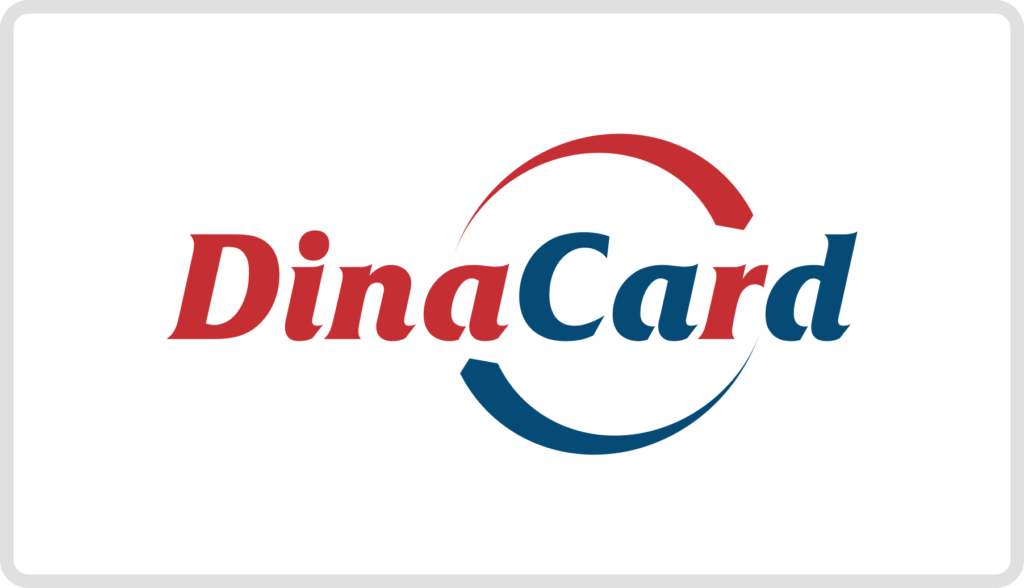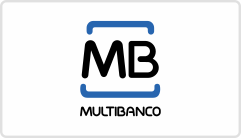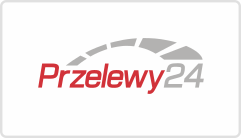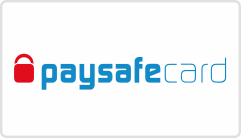23 May

The long list of challenges that merchants face in achieving high conversion rates can seem daunting. If one single challenge is enough to drag down potential revenue, what is a merchant to do? Fortunately, there are more than enough tools at a merchant’s disposal to overcome these challenges.
Languages and Currencies
Shoppers prefer to shop in their own language and currency because they have more confidence that they understand the product, pricing, and payment process. In such a scenario, the entire checkout process seems smoother and more reliable, even if all other variables remain the same. Merchants can use online shoppers’ IP addresses to detect their locations and automatically switch to the correct language, for both the online shop itself and the critical checkout process. Making it simple to switch between languages, no matter the shopper’s location, is also beneficial.
Embeddable and Secure Payment Forms
The payment form is the heart of the checkout process; get it right and no one even notices it. Get it wrong and shoppers become uneasy and abandon their shopping carts. Good payment forms have two important aspects. First, they securely handle payment data, often through tokenization. Second, they embed into an online shop, avoiding offsite redirects and adhering to the shop’s look and feel.
These two aspects are sometimes mutually exclusive; secure payment forms often require redirects and embedded payment forms are often either unsecure or look out of place. But embeddable and secure payment forms are available, and by being secure and practically invisible to shoppers, they play an important role in high conversion rates.
Device Information
Computers, mobile phones, tablets, and other devices provide a bevy of information—such as device ID, location, device orientation, and device usage—that can be mined to improve the shopping experience. For example, a device can inform a merchant that the shopper prefers direct debit and cater the shopping experience accordingly, raising the conversion rate. In other cases it is possible to use device information to determine the level of fraud prevention software to use, ensuring known safe devices can breeze through the payment process.
Device Optimization
Gone are the days when desktop computers ruled eCommerce. Now mobile devices, tablets, and even more recently, cars, can be used to make purchases. Online shops that are not optimized for these additional channels are damaging their conversion rates. Online shops must work seamlessly on all devices.
Alternative Payment Methods
The U.S. and the U.K. are dominated by credit cards, but the global picture is more diverse. Alternative payment methods (APMs), any non-credit card payment method, are expected to comprise nearly 55% of global eCommerce payments by 20192. Alternative payment methods include bank transfers, digital wallets, cash on delivery, e-invoices, digital currencies, and a variety of locally-preferred payment options.
Every country and even different industries have unique payment method preferences, often featuring entrenched local providers. The most commonly cited example is iDEAL, a prevalent bank transfer method that is used for 55% of all online purchases in the Netherlands.
Getting the right payment mix is crucial because it has been shown that offering the top three payment methods in a country, rather than only the top one, improves conversion rates by 30%. This is because shoppers want to use what is familiar and what they trust, be it a credit card, a large APM that conveys a sense of legitimacy, or a local brand for shoppers that shun the recognized brands. Offering the right payment methods, rather than a random offering, engenders trust and convenience with shoppers and will achieve higher conversion rates.
Active Payment Method Selection
This responsive tool uses a shopper’s shipping address, device information, and other data to determine and offer the payment methods most appropriate for the shopper. The result is better security, because higher risk shoppers are only offered robust payment methods, and high conversion rates, because the appropriate payment methods are offered.
Seamless and Frictionless Checkout for better Conversion Rates
A simple but true fact: the fewer steps needed to complete a purchase, the higher the conversion rate. There are many actions merchants can take to remove checkout friction and raise conversion rates.
- Avoid unexpected costs – Shoppers hate to have last minute costs, such as shipping expenses or taxes, thrown into their totals. It is better to be up front about all costs. Covering some of their costs – “We pay your shipping!” – also helps boost conversion.
- Speed and reliability – Long waiting times are a shopping inconvenience. Accelerate slow pages and watch sales increase.
- Lessen data entry – Make things easy for shoppers by prepopulating the shipping address with the billing address and enabling other shortcuts.
- Immediate validation – Credit card data can be validated before a shopper clicks “Pay now.” If the card will not work or is entered incorrectly, inform the shopper immediately so they can reenter data or conveniently change to another payment method, avoiding payment rejection and the need to begin the entire payment process from scratch.
- Enable one-click checkout – Merchants with repeat registered customers can enable one-click checkout, making it possible for shoppers to pay without reentering payment or shipping details. One-click checkout can be enabled for nearly any payment method, including cards, direct debit, and others. The biggest challenge for one-click checkout is to balance security with convenience, but merchants that utilize tokenization and secure authorization can use one-click checkout to boost conversion while remaining fully secure.
In-App Payments
In-app payments might be the easiest type of purchase for shoppers because preauthorization is completed when the shopper first downloads the app. In addition, in-app payments typically provide a better experience than online shops, with fewer lags and a more intuitive experience. In-app payments can also utilize stored credentials that rely on device-specific features such as biometrics for access. In short, in-app payments provide a welcome boost to conversion rates; merchants are wise to fully enable them.
Robust and Flexible Fraud Prevention
Fraud, and the chargebacks it frequently spawns, is the bane of many merchants. What seems like a profitable sale quickly morphs into an expensive chargeback that eats into profits. However, many merchants, in their quest to banish chargebacks, do not implement an anti-fraud strategy that balances conversion against potential chargebacks. Sophisticated fraud prevention tools ensure the fear of chargebacks does not unnecessarily damage conversion rates.
Analytics
Even seemingly minor tweaks to a payment setup can result in incremental improvements to conversion rates, which, spread over time and hundreds of thousands of transactions, can result in a significant revenue increase. Analytics help merchants transform data into action. Conversion rates can vary by region, industry, or country, and trends can be found in payment volume, payment method, currency, and any number of other areas. First, merchants need access to quality payment data. Second, this data needs to be organized into digestible pieces, often managed by a personalized dashboard. Finally, experienced experts sift through the data, looking for trends and devising actions for improvement.
For example, a dashboard that tracks uptime data in real-time can quickly identify outages for faster responses and fewer lost sales. In another example, a dashboard that continuously searches for patterns in return codes can identify systemic issues, alerting merchants quickly that action is needed. Analytics can make a good conversion rate great, as long as a merchant has sophisticated business intelligence tools that can harness the power of the data.
Properly Wielding the Weapons of Hight Conversion
The most powerful tools must be wielded properly to be effective. And so it is with the tools for high conversion. Misapply fraud prevention and conversion will suffer. Offer the wrong payment methods and more shopping carts will be abandoned. Collect copious data, but without proper analysis, it is an exercise in futility. By selecting the right arsenal and brandishing the weapons properly merchants will achieve high conversion rates and retain more of the revenue from every filled online shopping cart.





























